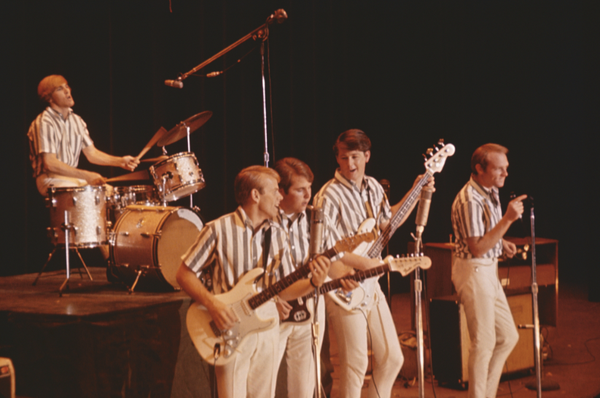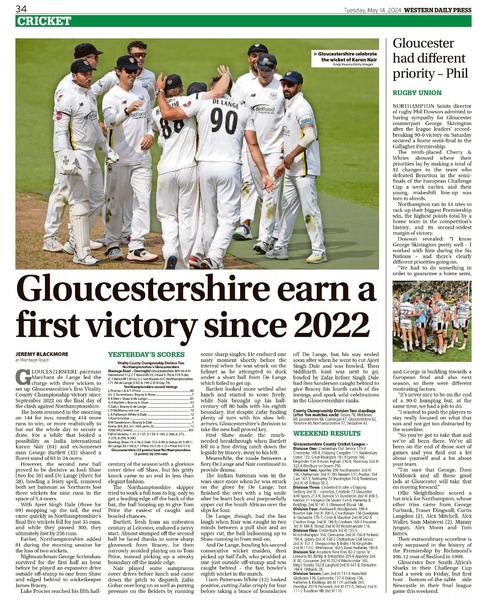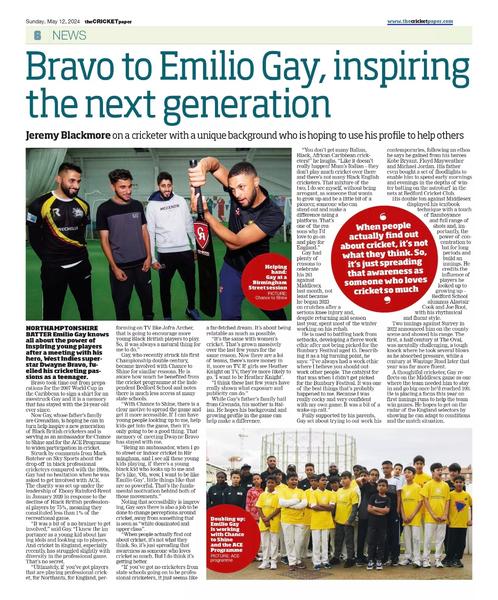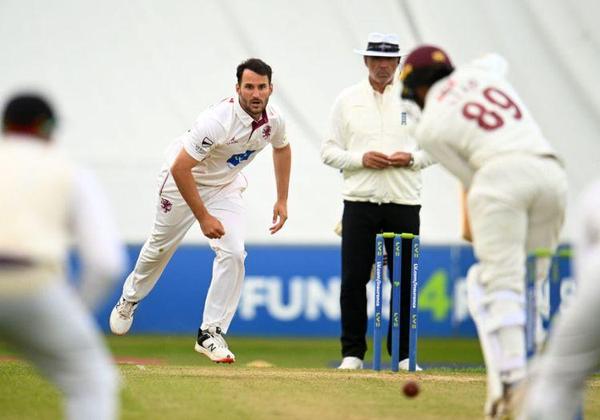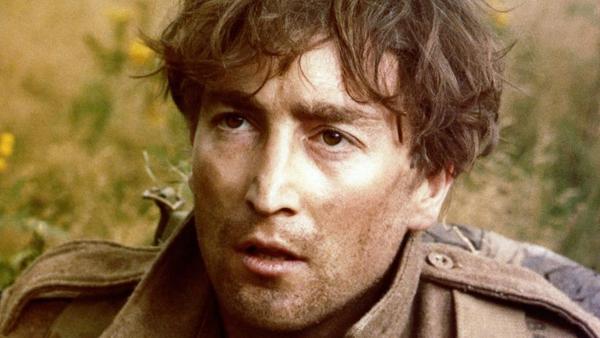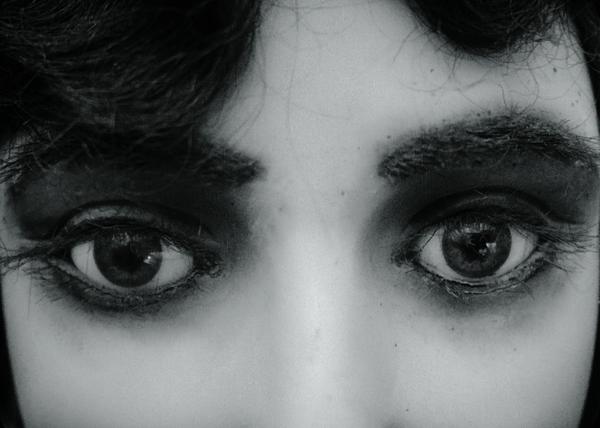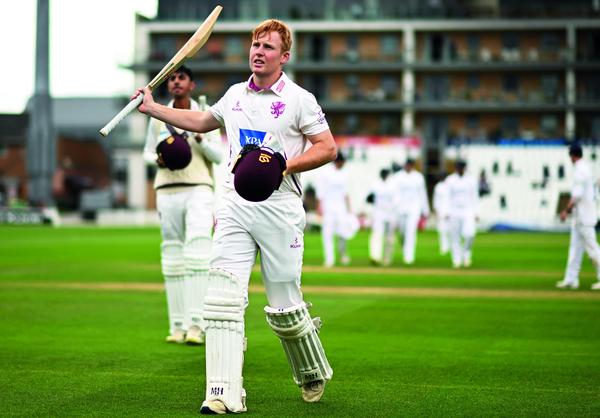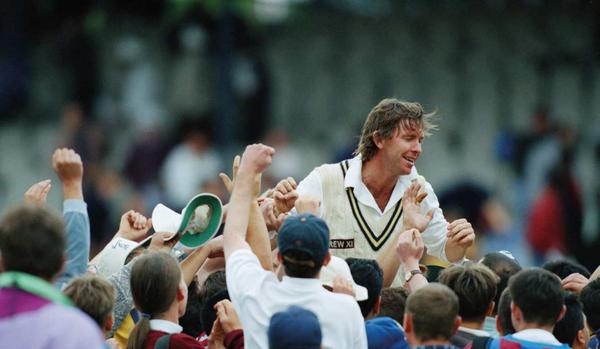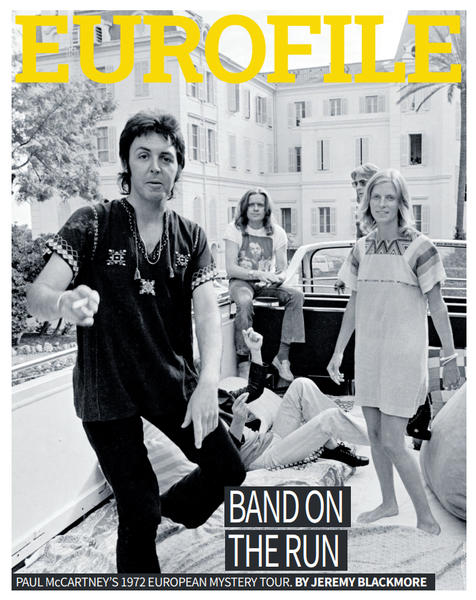
Richard Hawley: Kindness as an Act of Resistance
While many of his albums have borne the names of its landmarks, it is from the camaraderie and resolve of the place’s people that the songwriter draws the most inspiration. His latest release, 'In This City They Call You Love', takes its name from a familiar term of endearment, so commonplace in Sheffield, but something that nevertheless gives Hawley hope.
He expands on the sentiment during People, effectively the title track on an album of beautifully crafted songs reminiscent of his early solo work. It serves as a love letter to fellow Sheffielders, an acoustic ballad built around a phrase he overheard walking past people sitting outside a bar.

